AKA: Challenge of the Shaolin Disciples
Director: Chen Ming-Hua
Writer: Chen Ming-Hua
Cast: Michael Chan Wai Man, Pearl Chang Ling, Cheng Lui, David Chiang Da Wei, Chiu Hung, Choi Wang, Fang Mien, Danny Lee Sau Yin, Li Chao, Mark Long Kwan Wu, Ma Cheung, Siu Foo Dau, Weng Hsiao Hu, Kong Yeung
Running Time: 97 min.
By Martin Sandison
In the late 70’s Taiwanese kung fu movies were going strong, and many Hong Kong movie stars made the short trek to star in them. One such legend was David Chiang, he of the first wave of early 70’s Shaw Brothers classics, such as The Heroic Ones, Blood Brothers and Vengeance. By 1979 he was much in demand and took the lead in King of Fists and Dollars, his first starring role in a Tiawanese production. The production values are noticeably seriously inferior to Shaw Brothers, but that doesn’t stop the movie being fun and a little different from your standard fare. In line with Terracotta Distribution’s other releases, this movie is pretty rare and in the best shape possible without a remaster.
Chiang plays Lu Tang, who is looking for the Iron Fist King Tuan (Chiu Hung) to teach him the style. Chiang here is cast against type as the typical underdog character, which is a refreshing change. Interestingly, there are concurrent narratives that intertwine as the film progresses. Usually in old school movies this is done rather poorly, here there is clarity and decent writing. The other narrative features Lord Chien (Danny Lee) who is a tyrant and mistreats the local townsfolk, who turn to Tuan for help. Lord Chien hires Hung Ying (Chan Wai Man) to deal with him.
The cast is very strong, with Chiang being the main focus but plenty of screen time given to the others. Danny Lee is suitably menacing as Chien, at a time when he was appearing in a lot of independent productions. It’s very interesting to see him in this type of role, mainly because he performs a lot of the martial arts scenes with minimal use of a double. The one obvious use of a double is beautifully done as Lee performs a sequence of moves, and as the camera tracks behind a stove the double comes out and does a few flips, before seamlessly transitioning back to Lee.
Chiu Hung is on point with his skills as Tuan, in one of his last roles. He appeared in numerous 60’s Shaw Brothers productions including The One Armed Sworsdman, and moved on to Golden Harvest movies such as the wonderful Broken Oath later. A straight rip off from the chambara classic, Lady Snowblood, that film is one of the few at the time to outdo the source material.
Chan Wai Man graces any movie he appears in, and gets a role here that he can really get his teeth in to, with minimal dialogue and intense action. In the same year he was in The Deadly Breaking Sword and Blood Treasury Fight, which proves his undoubted calibre. Cheng Lui has a small but pertinent part as Tuan’s mute student, and despite his bulk hindering his speed, delivers some good martial arts chops. The dramatic potential of his character is used well here. Cheng was one of the first actors to appear in the important 60’s Shaw films, and became one of the “Five Tigers” alongside Jimmy Wang Yu.
The real surprise of the cast is Pearl Cheung as Ying Er, Tuan’s student. She became infamous for her later self directed films, especially the hilarious cult camp classic Wolf Devil Woman, which I watched recently and enjoyed immensely – somebody has to release and remaster that one. Her most recognizable role was in Jimmy Wang Yu’s Fantasy Mission Force with Jackie Chan (Jackie owed Jimmy a favour) as one of the crazy female warriors. Here, her kung fu technique is exemplary, especially when she does the Iron Fist form.
The action is choreographed by a few different film makers, being lead by Ga Hoi, he of the John Liu masterwork Mar’s Villa and one of the choreographers on Shanghai 13. Weng Hsiao Hu has the second credit, mainly an actor who was in lots of old schoolers, including Jackie Chan’s New Fist of Fury. Unfortunately the action varies in quality, which is a real shame because there is some excellent stuff in there.
The first fight features two of Chien’s fighters and despite being very short, is ahead of its time in terms of hand exchanges and editing. The use of wirework for some of the fancier moves is tasteful also. Chan Wai Man’s first fight is slow and static, and his fights get better as the film goes on, especially the one with Chiu Hung. A lot of the time the handwork veers between adrenaline pumping and too deliberate, which is very frustrating. Also unheard of in a film of the time with this standard of film makers, some of the hits don’t connect. Come on. Seriously. The end fight is suitably exciting and features Pearl Cheung and Chiang going at it with Danny Lee, with some extra long takes and cool flipping.
The director, screenwriter and producer of the film is Chen Ming Hua, who had a short lived career but also directed Pearl Cheung in My Blade My Life. He shows an assured hand at narrative cohesion and the dramatic characterisation of a formulaic genre, but the action lets this impressive approach down. The film is certainly worth checking out for a lot reasons – just don’t expect top quality.
Martin Sandison’s Rating: 7/10

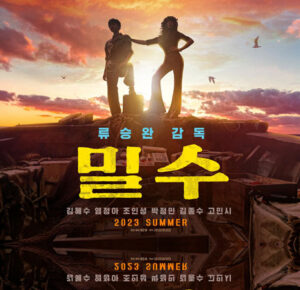

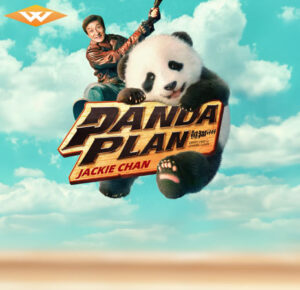
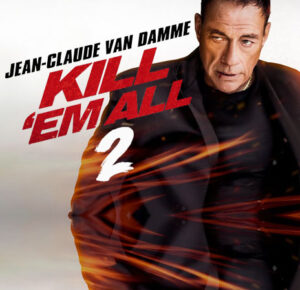
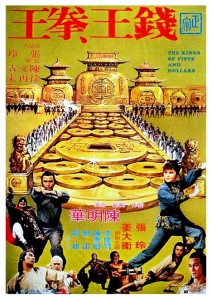
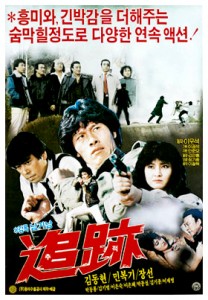
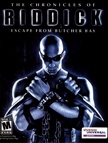 5. Chronicles of Riddick: Escape from Butcher Bay
5. Chronicles of Riddick: Escape from Butcher Bay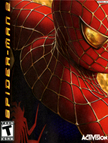 4. Spider-Man 2
4. Spider-Man 2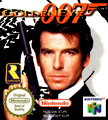 3. GoldenEye 007
3. GoldenEye 007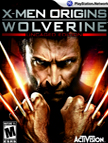 2. X-Men Origins: Wolverine – Uncaged Edition
2. X-Men Origins: Wolverine – Uncaged Edition 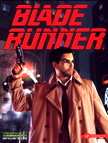 1. Blade Runner
1. Blade Runner 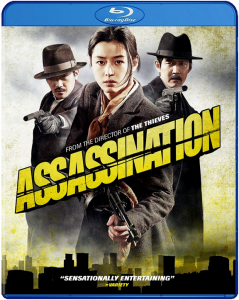
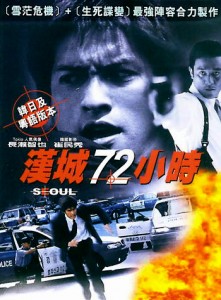

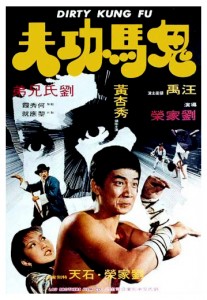
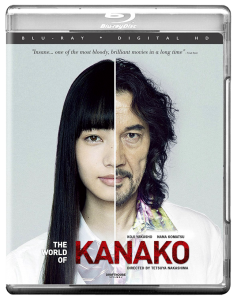
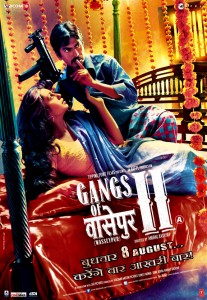
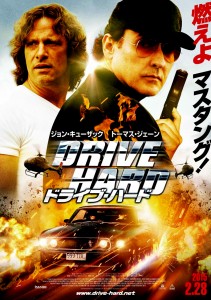
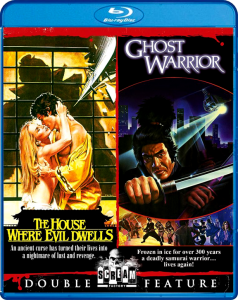
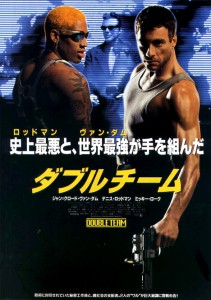
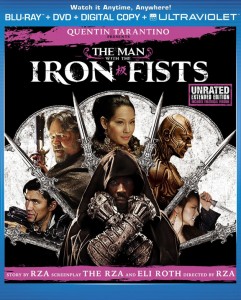
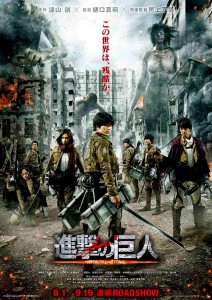
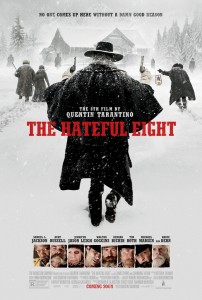
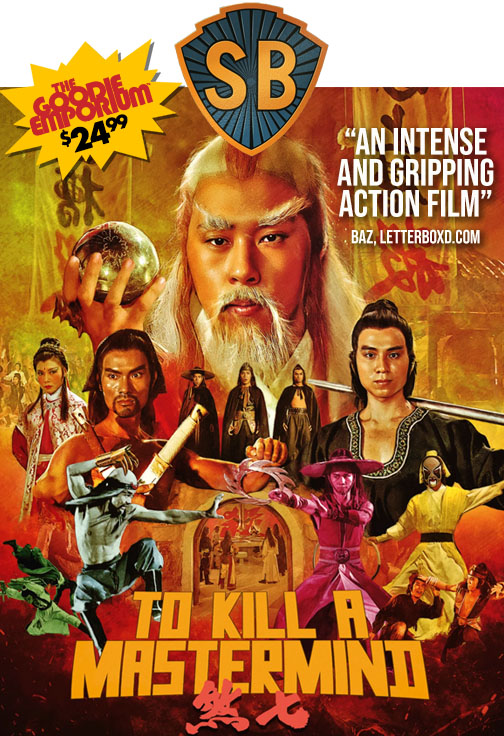

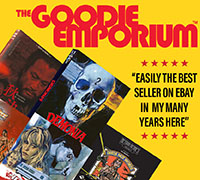
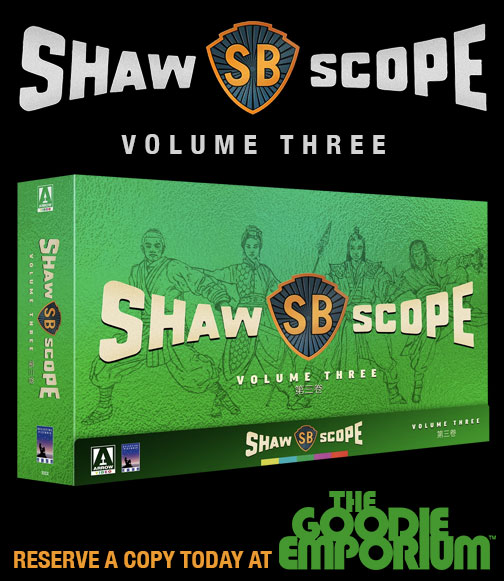
Be the 1st to Comment